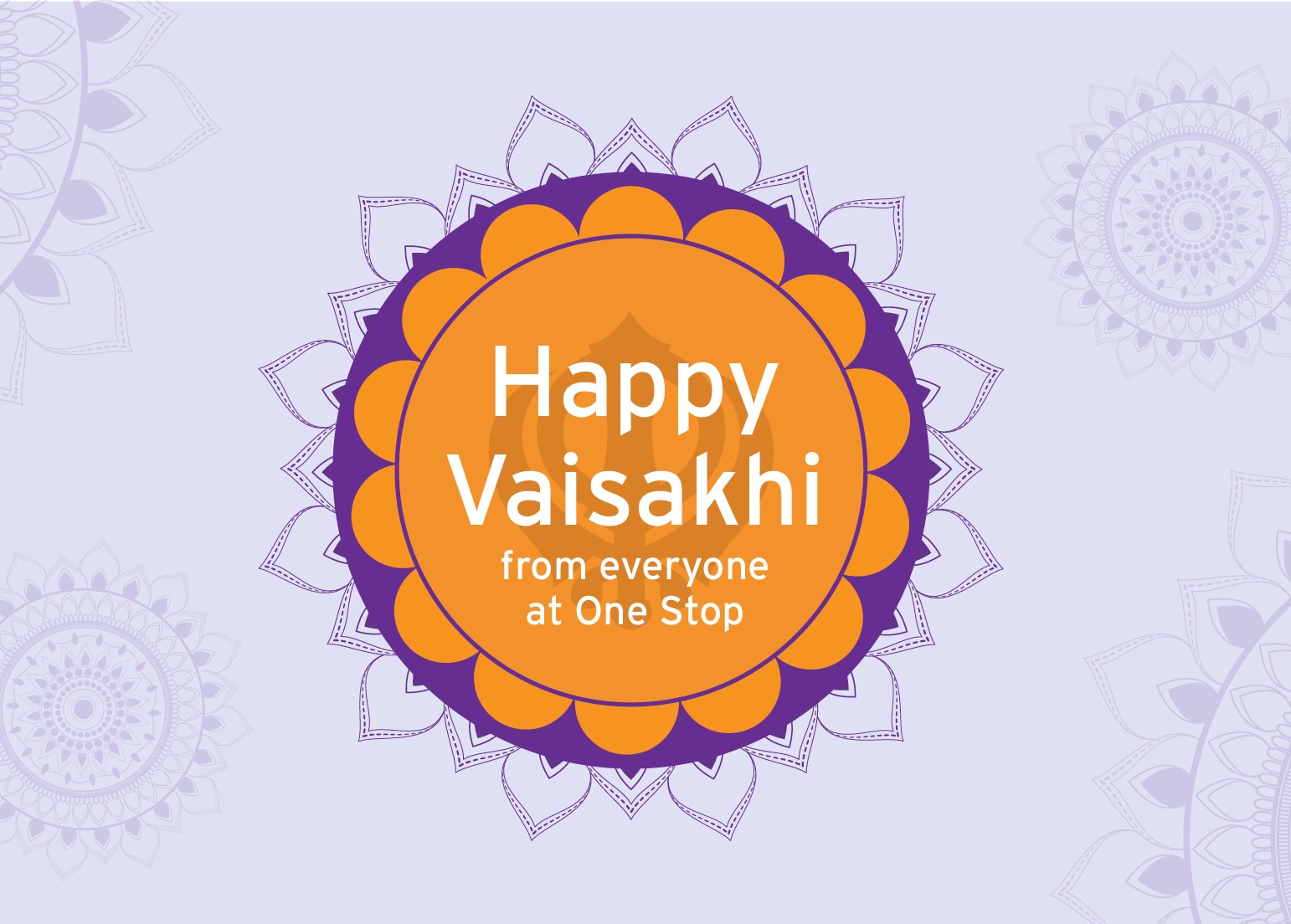Origins of the Sikh Vaisakhi
With the seasonal timing of Vaisakhi on 13th April, many South-Asian cultures celebrate it as the harvest festival. However, the Sikh reason for celebrating Vaisakhi is often inaccurately reported as the Sikh new year or a harvest celebration.
In 1699 the 10th Guru, Guru Gobind Singh Ji, created the order of the Khalsa. Guru Gobind Singh Ji tested the commitment of thousands of Sikhs by asking them to sacrifice themselves to Him. The first five to step forward passed his test and in turn were initiated into a new order called the Khalsa. These men came to be known as the Panj Pyare, (the five beloved). Each of the men who stepped forward to be initiated into the Khalsa were from different castes. They were individually reborn through the Amrit ceremony and given names representing the qualities a Khalsa should have.
• Daya (compassion),
• Dharam (righteousness),
• Himmat (courage),
• Mokham (determination) and
• Sahib (sovereignty).
With this initiation the Panj Pyare also adopted a distinct physical identity based on the wearing of the five kakkars (five Ks);
• Kesh (unshorn hair),
• Kanga (wooden comb),
• Kirpan (small sword),
• Kashera (underwear) and
• Kara (iron bangle).
This distinct look is kept by millions of Sikhs around the world. The Panj Pyare also took on a moral code of conduct which included a pledge to defend the weak and protect the innocent. Once Guru Gobind Singh Ji initiated the Panj Pyare, He in turn asked them to initiate Him, in a rare case of someone of regal leadership giving powers to their followers.
Nagar Kirtans – An Established Part of British Culture
Sikhs have been celebrating Vaisakhi annually in the UK for over 50 years in the traditional form of street processions known as Nagar Kirtans, making them an established part of British culture. Nagar Kirtans are used to showcase aspects of Sikh to wider communities.
The United Kingdom has a large Sikh community originating from the Indian sub-continent and Africa. The largest concentrations of Sikhs in the UK are to be found in the West Midlands (especially Birmingham and Wolverhampton) and London. The Southall Nagar Kirtan is held on a Sunday a week or two before Vaisakhi. The Birmingham Nagar Kirtan is held in late April in association with Birmingham City Council, and is an annual event attracting hundreds of thousands of people which commences with two separate Nagar Kirtans setting off from Gurdwaras (Sikh Temple) in the city and culminating in the Vaisakhi Mela at Handsworth Park.
Nagar translates as town and Kirtan refers to the singing of spiritual hymns. Nagar Kirtans are led by five Khalsa, representing the Panj Pyare, with the Sikh scriptural Guru, Guru Granth Sahib Ji, on a float as the focus within the procession. As well as singing hymns, Nagar Kirtans may also see displays of the Sikh martial art called gatka, which is on full display, as well as having free offerings of food throughout, representing the concept of langar. The langar (or free kitchen) was introduced by Guru Nanak, who was the founder of Sikhism and the first Guru, because of his belief in the oneness of humanity. He offered free meals to everyone, regardless of their caste, gender, or wealth. It was a place where everyone gathered and ate together.
